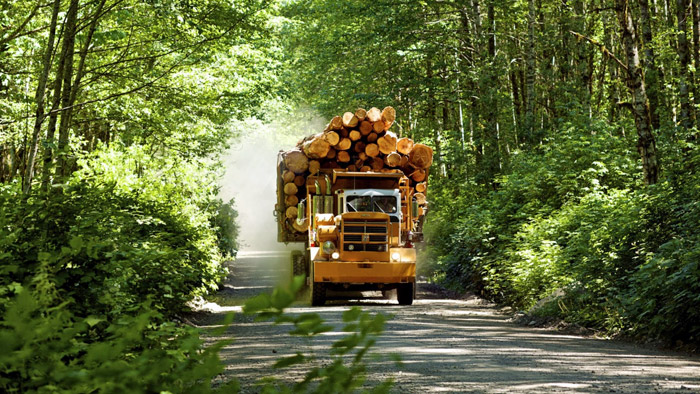We recently took a road trip west to visit friends and relatives and see our beautiful country. One of our stops was the Kalamaka Forest research centre in Vernon, British Columbia, where my wife’s nephew Trevor works. We were pleased to learn that the BC forest industry is sustainably managed and involves all the players in the total life cycle of the forest.
I learned that the forest is managed in a 60-80 year cycle from researching new varieties of trees to testing their growth rate, wood quality and disease resistance compared to others of the same species to actually planting new trees to replace the ones cut down and to maintaining them until they are established. And then, of course, harvesting them for their valuable lumber.
The forest industry in BC is huge, providing more than 55,000 jobs and $1.9 billion in government revenues annually. Some of that revenue can then be used for research and forest management and maintenance at stations such as the Kalamaka station in Vernon.
The interior of BC supplies 73% of the timber harvest while the coast supplies 27%. There are only a few species that dominate the timber trade: spruce and lodgepole pine in the interior and Douglas fir, hemlock and Western red cedar on the coast.
What I did not realize, however, is that within those few species there is incredible variability. The interior spruce, for example is very specific to location. A spruce growing on a southern facing slope low down in the mountains will not grow well on a north facing slope or at higher elevations. Seeds collected must be location identified and then replanted in suitable locations. This then requires site specific planting for best growth and quickest harvest.
Aboriginal peoples have managed the forests much before Europeans first came to North America. They used controlled burns based on traditional knowledge of when and where to burn and how often so that the larger trees would survive a smaller fire rather than allow many years of accumulated debris on the forest floor to destroy an entire forest in a massive fire. In this way they managed the amount of accumulated combustible materials, they managed the ability of small trees to regenerate a population, and they managed the ability of the forest to produce graze for herbivores which they could then hunt. A more open undergrowth allowed for berry and nut production, as well as desirable medicinal plants.
Canada now has a Sustainable Forest Management group that sets up and enforces standards and practises. These standards have been developed in conjunction with 12 other countries that are part of The Montreal Protocol beginning in 1995. A recent peer-reviewed study found that Canada is a global leader in sustainable forest management. Although Canada is home to only 9% of the world’s forests, we have the highest rate of certified sustainably managed forests in the world.
We can buy 2×4’s at our building centres without feeling guilty about destroying a forest. Many of our buildings, especially personal housing, is built from lumber produced in Canada’s well-managed forests.




